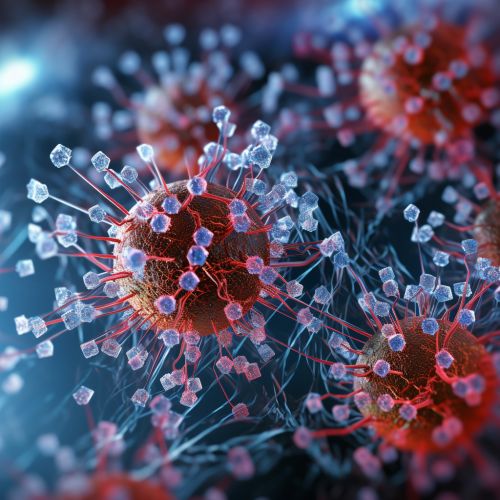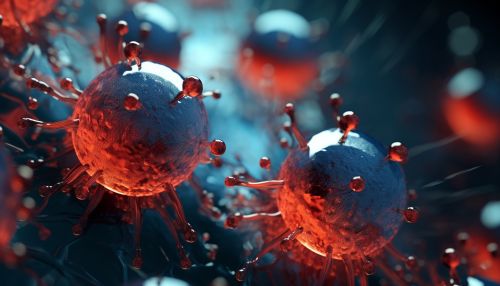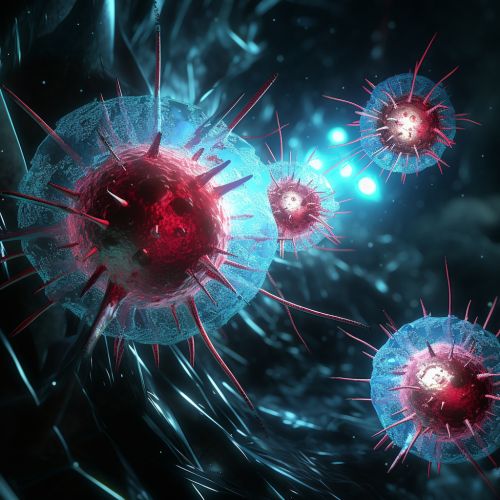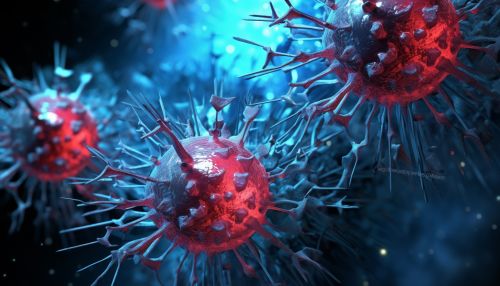Aids
Overview
AIDS, or Acquired Immunodeficiency Syndrome, is a chronic, potentially life-threatening condition caused by the HIV. It damages the immune system, interfering with the body's ability to fight off organisms that cause disease. HIV is a sexually transmitted infection, but it can also be spread by contact with infected blood, or from mother to child during pregnancy, childbirth or breast-feeding. Without medication, it may take years before HIV weakens the immune system to the point that the person is diagnosed with AIDS.


History
AIDS was first identified in the early 1980s. Since then, the disease has led to the deaths of more than 32 million people worldwide, making it one of the most destructive pandemics in history. Today, approximately 38 million people are living with HIV. Despite significant advances in medical research and treatment, AIDS remains a global health crisis.
Causes
AIDS is caused by HIV, which targets the immune system and weakens people's defense systems against infections and some types of cancer. HIV destroys a type of white blood cell in the immune system called a T-helper cell (also known as a CD4 cell), and makes copies of itself inside these cells. Over time, HIV can destroy so many of these cells that the body can't fight off infections and disease.


Transmission
HIV is transmitted through direct contact with certain body fluids from a person with HIV who has a detectable viral load. These body fluids include blood, semen, vaginal fluids, and breast milk. The virus can be transmitted through sexual behavior, sharing of needles for injecting drugs, and from mother to child during childbirth or breastfeeding.
Symptoms
The symptoms of HIV and AIDS vary, depending on the phase of infection. When first infected with HIV, most people experience a short, flu-like illness. This is followed by a stage known as clinical latency, which can last from a few years to over a decade. During this time, HIV continues to multiply in the body but at lower levels, and many people do not have symptoms. If left untreated, HIV will eventually overwhelm the immune system and progress to AIDS.


Diagnosis
HIV is diagnosed through blood tests which detect the presence of HIV antibodies or the virus itself. The most common type of HIV test is the antibody screening test, which tests for the antibodies that your body makes against HIV. The antigen/antibody test and RNA (viral load) test are other methods used to detect HIV.
Treatment
While there is no cure for HIV or AIDS, antiretroviral therapy (ART) can dramatically prolong the lives of many people infected with HIV and lower their chance of infecting others. ART involves taking a combination of HIV medicines every day to prevent the virus from replicating. This helps to slow down the damage to the immune system and prevent the progression to AIDS.


Prevention
Prevention strategies for HIV include practicing safe sex, getting tested and treated for sexually transmitted infections, avoiding injecting drugs, and taking pre-exposure prophylaxis (PrEP) if at high risk of infection. For those already living with HIV, taking ART as prescribed can keep them healthy for many years and greatly reduce their chance of transmitting HIV to their partners.
